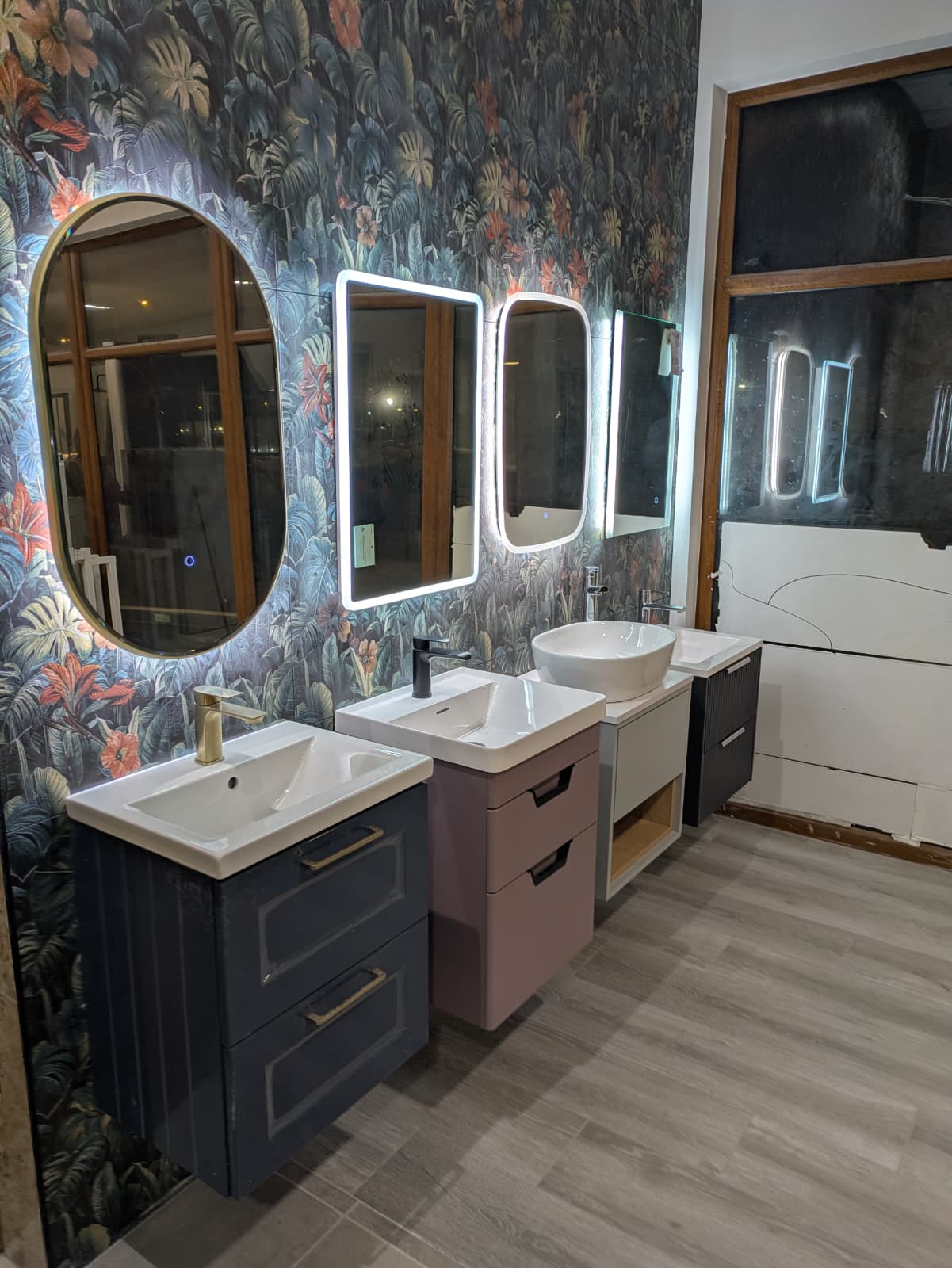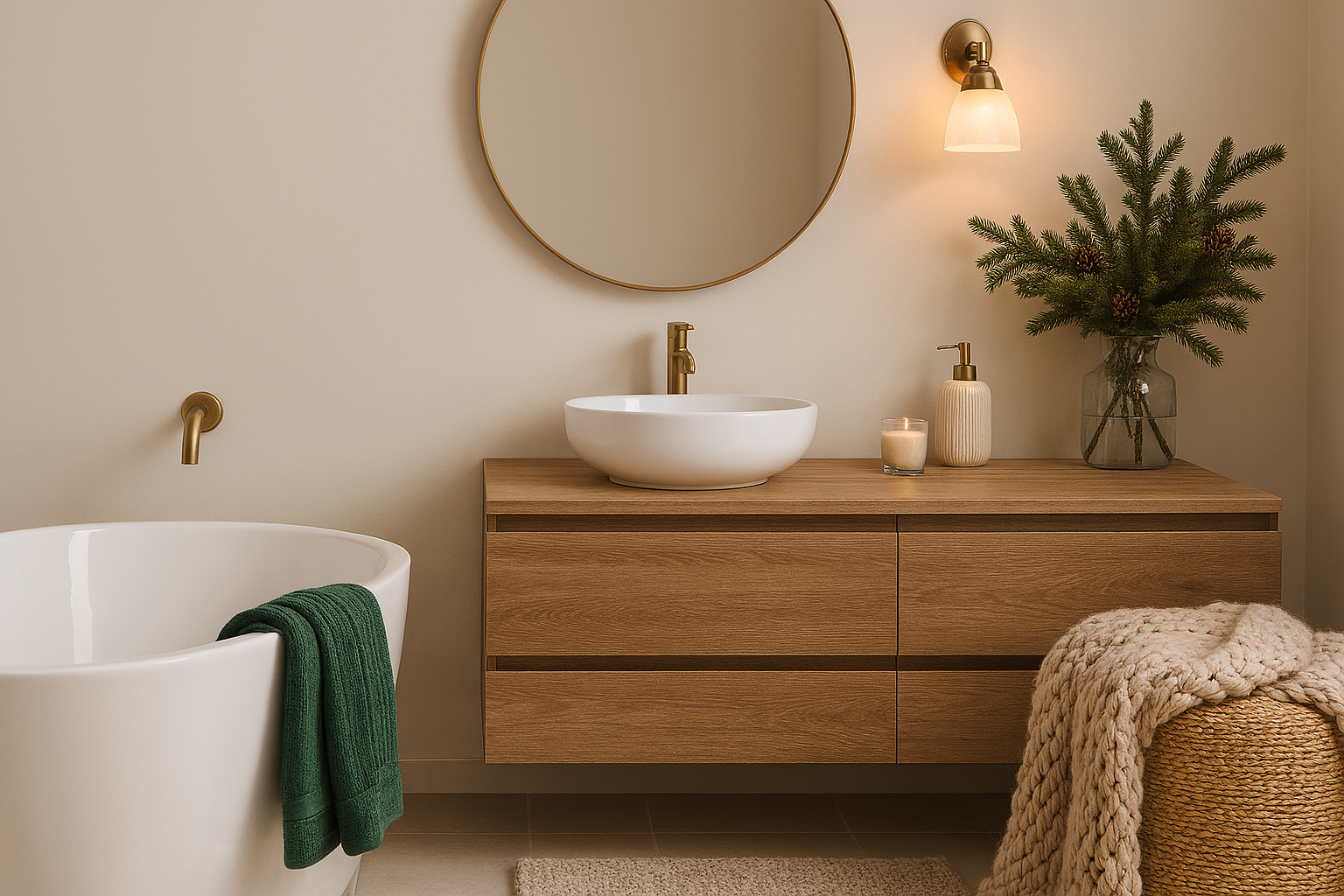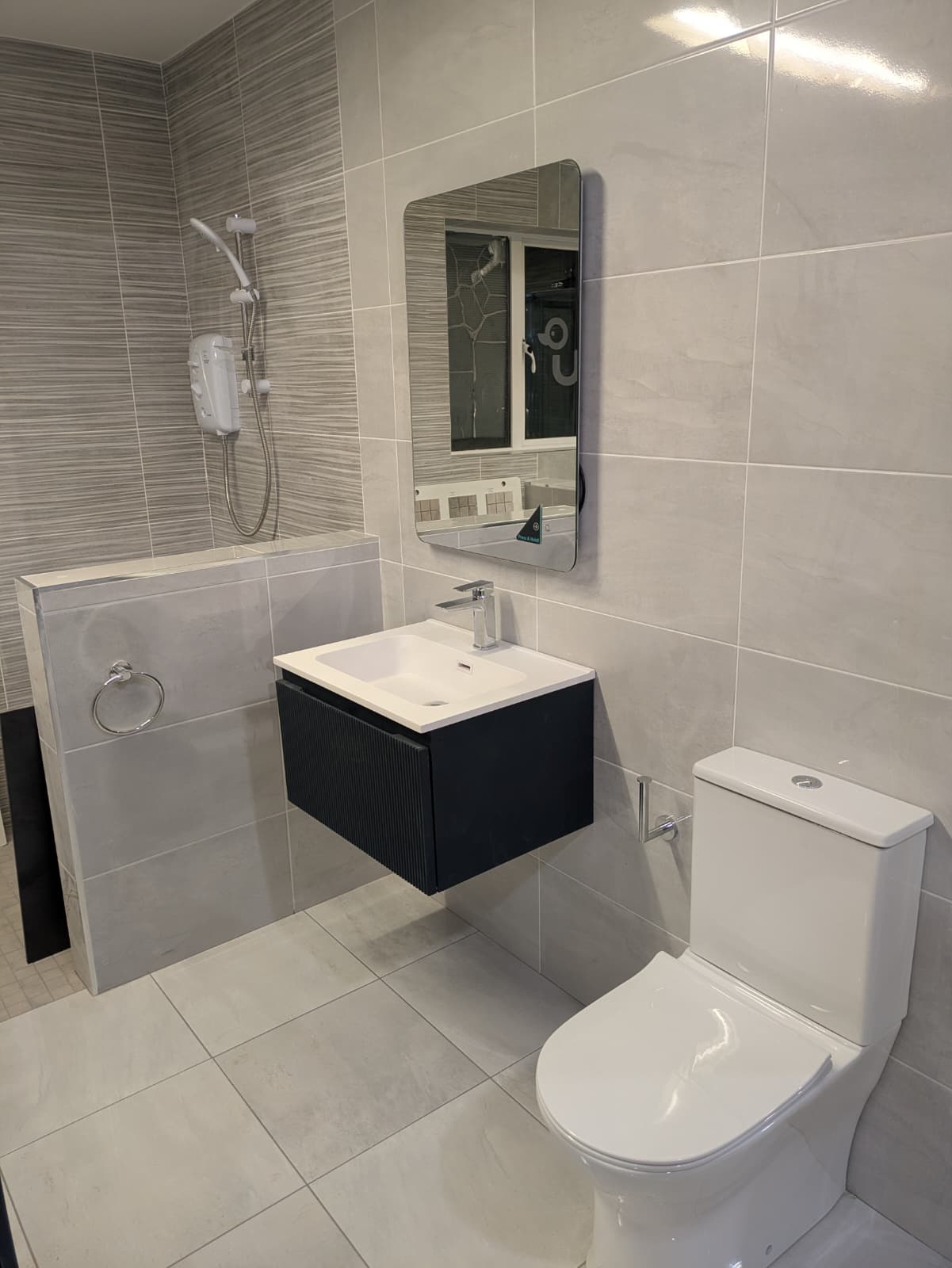This essential skill will tell you exactly how much material you need to bring your vision to life, saving you time, money and trips back to the hardware store. Mastering the art of measuring a room's square meterage is a versatile talent that will serve you well throughout any home improvement adventure. Follow these straightforward steps, and you'll be measuring like a seasoned pro in no time!
Your Measuring Toolkit:

Let's Get Measuring!
The key to finding the square meterage is to measure the length and the width of your room.
Top Tip for Tricky Rooms:
Does your room have alcoves, bay windows, or an irregular shape with more than four corners? Don't fret! The easiest way to handle this is to break the room down into smaller, more manageable rectangular sections. Measure the length and width of each section individually, calculate the square meterage for each, and then simply add those totals together to get the overall square meterage of the entire room.
Don't Forget to Factor in Waste (Especially for Tiles!):
When you're buying materials like tiles, it's always a wise move to purchase a little extra to account for cuts, breakages, and any potential mistakes during installation. A good rule of thumb is to add an extra 10% to 15% to your total square meterage. The exact amount will depend on the size and layout of your chosen material.
For more details, check out How to Measure the Square Meterage of a Room.
By following these simple steps, you'll be well-equipped to accurately measure the square meterage of any room in your home. This fundamental skill will empower you to confidently plan your renovations and ensure you purchase the right amount of materials to bring your design dreams to life! Happy renovating!

Dec 31, 2025
Bathrooms4U January Sale 2026 is here and you don't want to miss the amazing offers starting Monday, 5th January!

Dec 25, 2025
Find out how to choose the perfect bathroom vanity for your space. Bathrooms4U Retail offers expert tips and stylish options for every home.

Dec 18, 2025
Winter is here, and it’s the perfect time to make your bathroom feel cozy and inviting.

Dec 11, 2025
Dreaming of a beautiful bathroom but worried about the cost? At Bathrooms4U Retail, we believe everyone deserves a space they love.


Nov 27, 2025
There is a lot to look forward to in 2026.